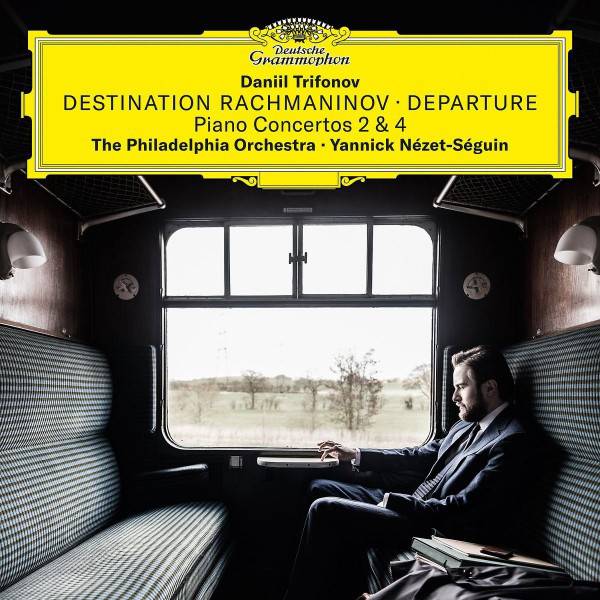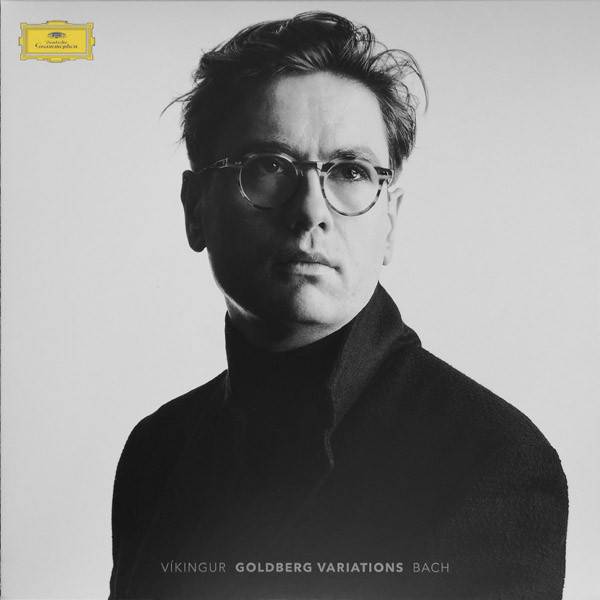
Tax included, Shipping not included
The 29-year-old Francesco Tristano combines eras and stylistics with such boldness – and even letting them collide at times – that it may cause head-shaking. Though the Luxembourg-born is not necessarily a provocateur, for everything he does he expresses an openness that does neither accept limits nor restrictions. Of course, Tristano knows about the interpretive conventions shaped by generations of classical pianists, but he simply ignores them. His artistic self-image does not ask for legitimization. For example, if he sentimentally indulges himself in usually heavy baroque music with his dynamic performance he might be radical. But for him, radicalism does not have a means to an end. . Amongst others, Tristano is currently collaborating with Carl Craig, one of the protagonists of the second-generation Detroit techno scene. The differences between Johann Sebastian Bach and John Cage are obvious. They are so obvious that you could be tempted to think that Tristano intentionally decided on a high-contrast album programme. To some extent this might be true. Though in this case, the artist wasn’t out for provocation in the first place. This album is rather something for the second or even the third glance. Priority is given to Tristano’s headstrong and very personal exposure to the musical pioneers Bach and Cage. Despite his precise interpretation, Bach is very much alive – sounding noticeable wiry and percussive. Production partner Moritz von Oswald’s contribution has an even bigger effect on Tristano’s Cage recordings. Instead of preparing the instrument, the focus is on the post-production with the latest technology as well as vintage analog gear in the studio. Von Oswald and Tristano do that with subtlety, but also efficiency.
Details
Genre
Release Date
21.03.2011
Cat No
4764173
Produkt- und Herstellerinformationen
Tracklist
Track 1
Track 2
Track 3
Track 4
Track 5
Track 6
Track 7
Track 8
Track 9
Track 10
Track 11
Track 12
Track 13
Track 14
Track 15
Track 16
Track 17
Track 18
Track 19
Track 20
Track 21
Track 22
Track 23
Track 24
Track 25






